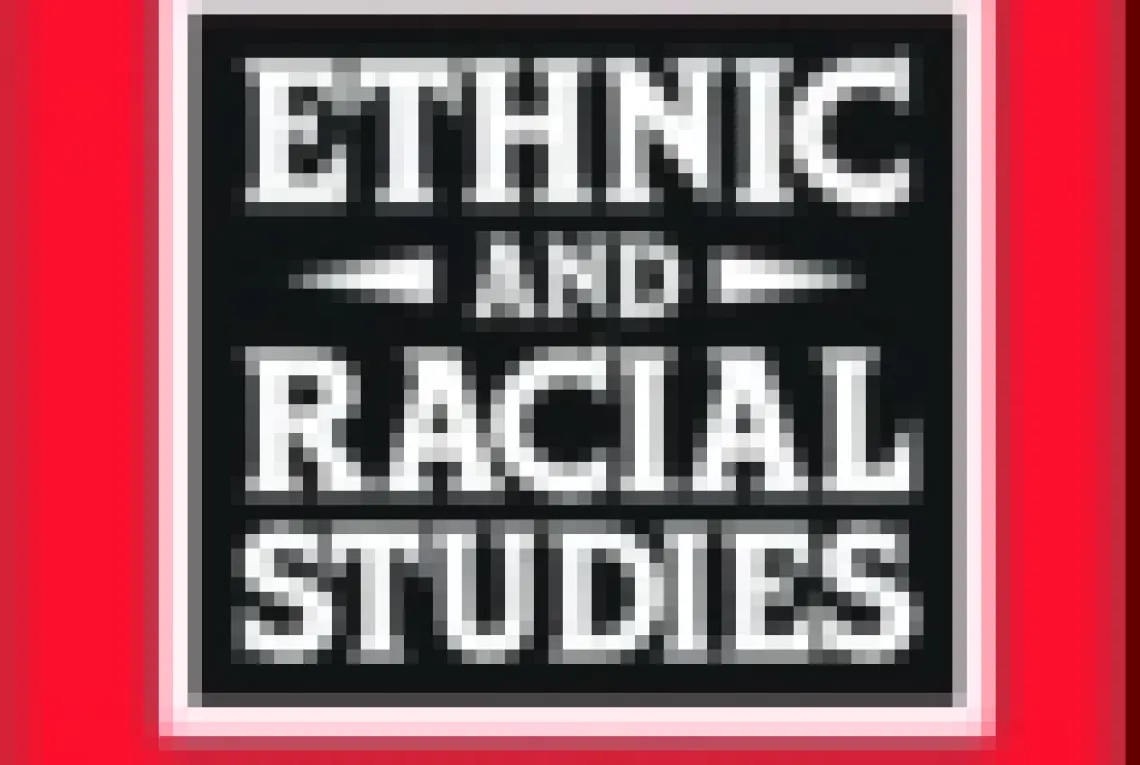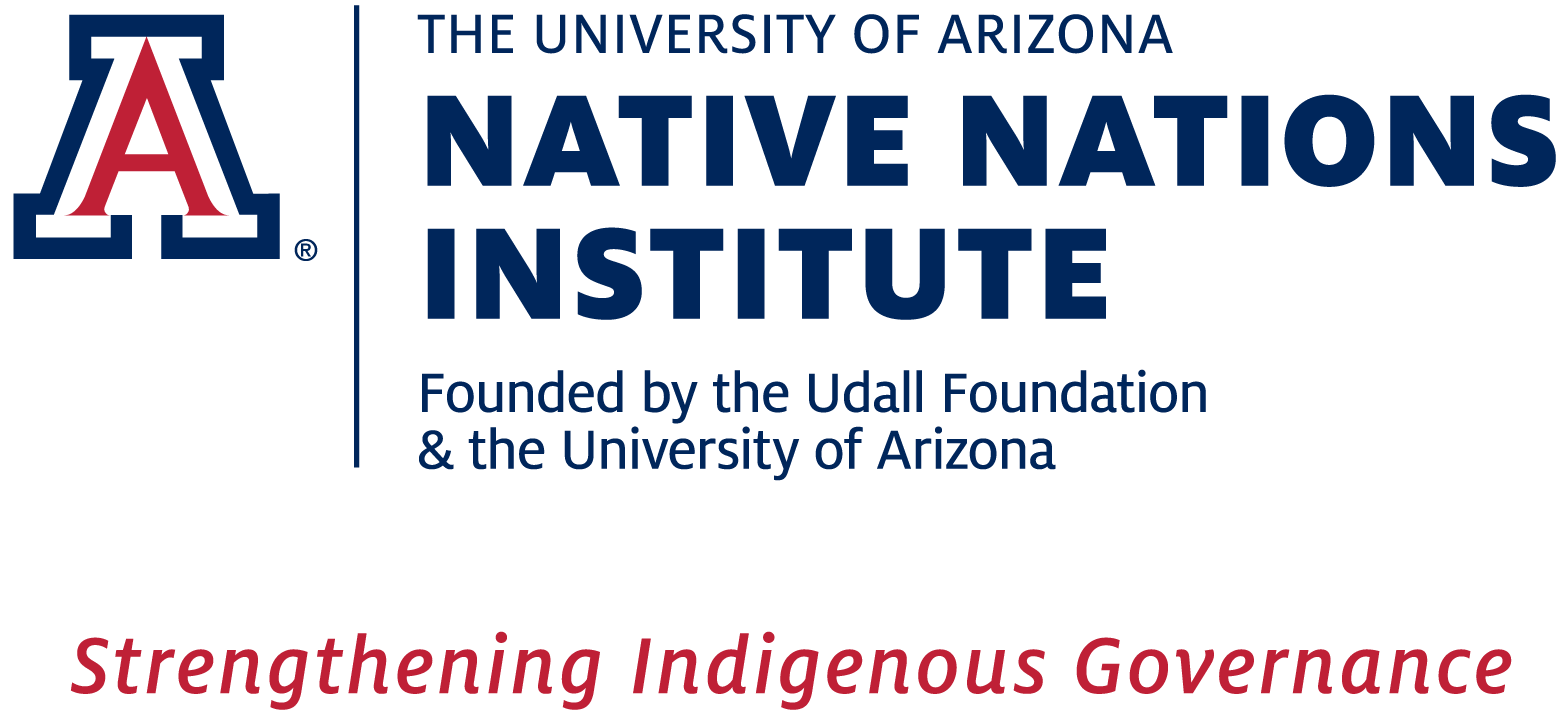Land, Labour, and Group Formation: Blacks and Indians in the United States

Why did a comprehensive racial consciousness emerge early among African‐Americans in the United States, but only relatively recently among Native Americans? An understanding of group formation must take into account the opportunity structures ‐ not only economic and political but conceptual ‐ that foster or discourage particular bases of collective identity and action. Critical to the Indian/Black comparison is the fact that Blacks were of interest to the larger society primarily for their labour, Indians primarily for their lands. This difference set in motion two distinct trajectories of group formation which, in turn, were shaped by particular political relationships and by the classifications made by dominant‐group members. In the Black case labour‐based relations broke down indigenous group boundaries and encouraged comprehensive racial consciousness. In the Indian case land‐based relations sustained indigenous group boundaries and discouraged the rapid emergence of comprehensive group consciousness. Yet group formation is not entirely determined by such constraints. Within the limits of the opportunity structure, both Blacks and Indians asserted their own notions of who they were, demonstrating that group formation is a negotiated and contested process, conditioned but not wholly determined by circumstantial factors.
Citation
Cornell, Stephen. 1990. "Land, Labour, and Group Formation: Blacks and Indians in the United States." Ethnic and Racial Studies 13 (3):368-388. doi: 10.1080/01419870.1990.9993678.

